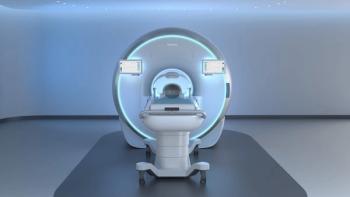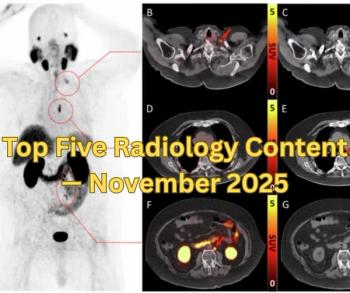
Why Trainees Aren’t Interested in Radiology
A look at why radiology has lost its appeal.
This is part two of a series about this year’s Match. Read part one
While I was going through the process of deciding on a specialty, researching programs, and going through the interview process this year, I met many competitive candidates. Some had done an impressive amount of research in the field; quite a few attended national radiological meetings as medical students; others had previous job experience related to radiology. Everyone had very positive reasons for why they chose the field, and was excited about radiology. As a group of incoming trainees, I felt like we were willing to work hard and tackle upcoming issues because we believed in the field.
After meeting so many bright colleagues, I was surprised by the
The field of radiology is changing; change usually means uncertainty, and people don’t like uncertainty, especially when they are about to make a life-changing decision about which field to go into. Specifically, reasons for the decrease in applicants to radiology residency include: current job market stagnancy, future job security, and the specialty’s projected future. Students doing their research during the application process are well aware of new grads’ job finding difficulties, and this remains a deterrent, despite the cyclical nature of the job market.
A
The issue is more than the current status of the job market; it is also the projected pay cut in the future. Health care reform has decreased reimbursement for studies; and, in fact, imaging reimbursement has been cut 12 times since 2006, as pointed out by American College of Radiology Chair Paul H. Ellenbogen in his 2013
During a period of growing utilization, radiologists’ compensation grew from $272,000 to $426,000 between 1998 and 2005, outgrowing all other medical specialties. However, a 1997 Congressional cap on Medicare-supported residencies limited the supply of radiologists, and by 2001, nighttime demand exceeded the capacity of smaller hospitals. Nighthawk radiology services came onboard and created a niche for teleradiology, a booming business that outsourced to Indian as well as American radiologists working overseas or from home.
The bargaining power of hospitals was strengthened by the advent of teleradiology, while radiology groups lost exclusivity and were required to relinquish the right to read all studies in many hospitals. By 2007,
Complicating the future of radiology are infrastructure and bureaucratic changes. The recent shift of care delivery from inpatient to outpatient centers, and other factors such as prior authorization and increased cost sharing have affected the supply of work and demand for radiologists in a drastic way. The traditional franchise model has eroded, leaving the field in a state of uncertainty. As we move in the next era of imaging, the relationship between hospitals and radiologists will continue to evolve, as well as the business aspects of radiology. It will be important for trainees entering the field to be aware of these challenges, and moreover, to get involved with organized medicine for the sake of voicing the interests of radiologists and the future of the specialty.
Newsletter
Stay at the forefront of radiology with the Diagnostic Imaging newsletter, delivering the latest news, clinical insights, and imaging advancements for today’s radiologists.




























